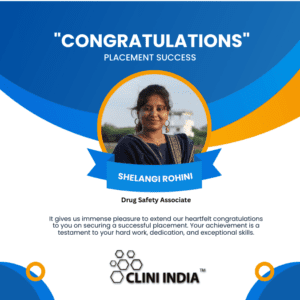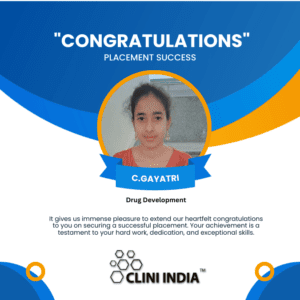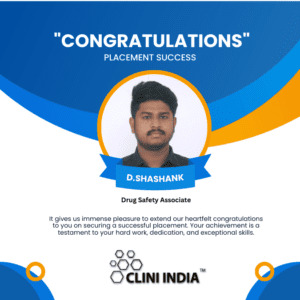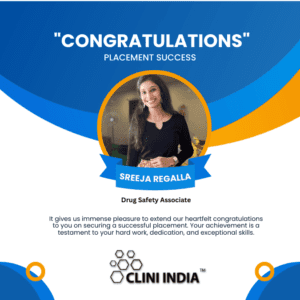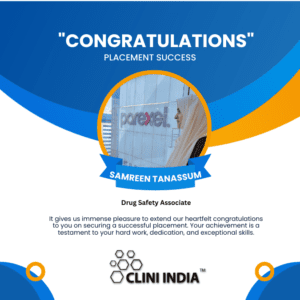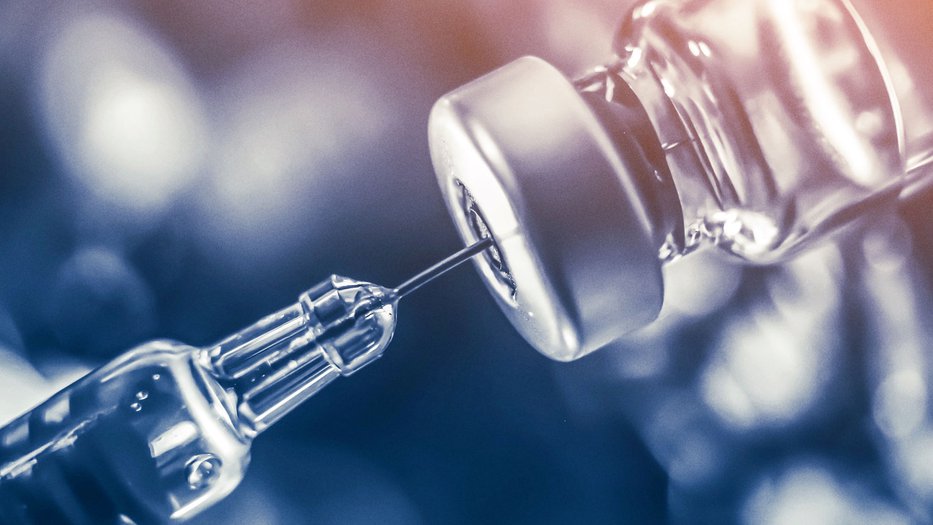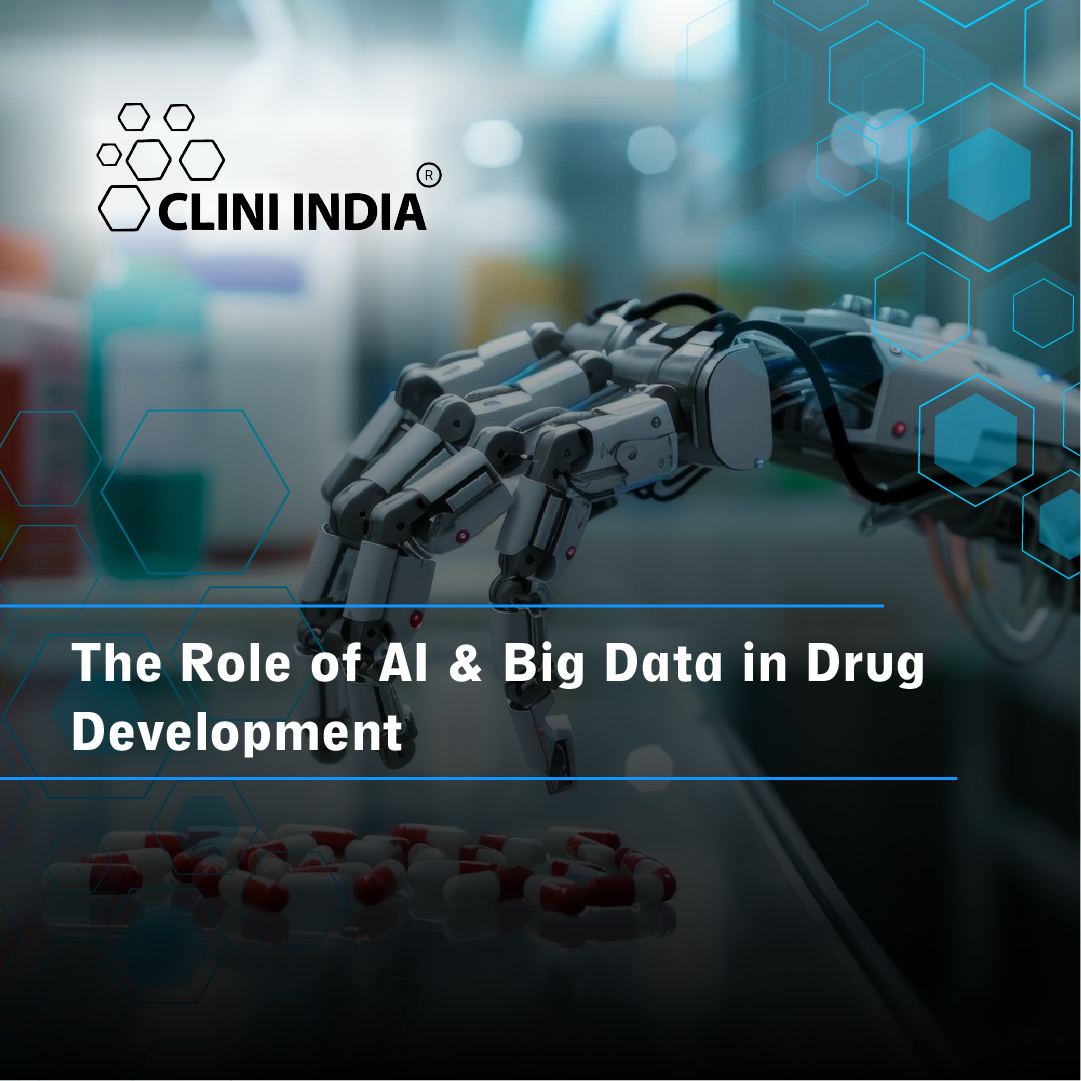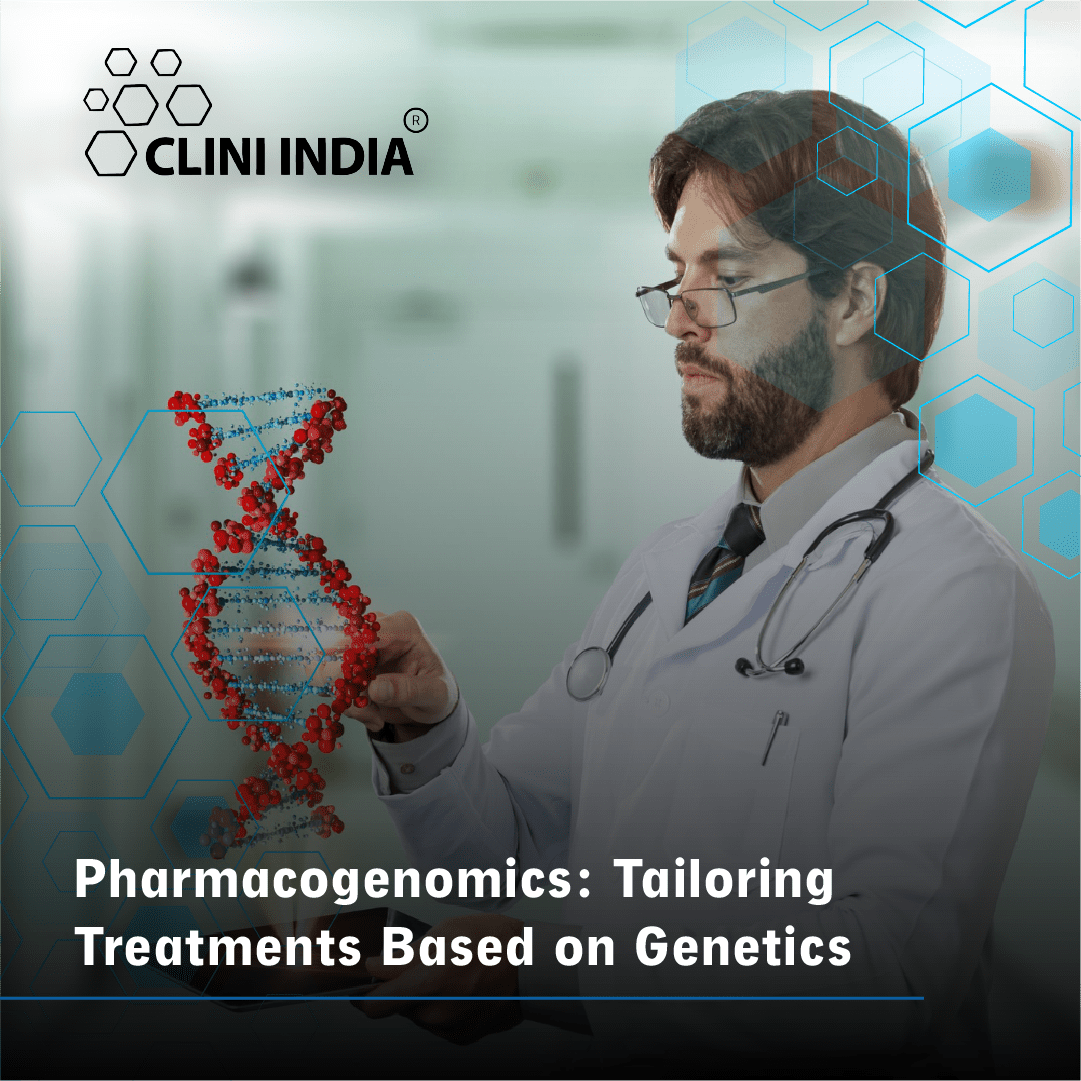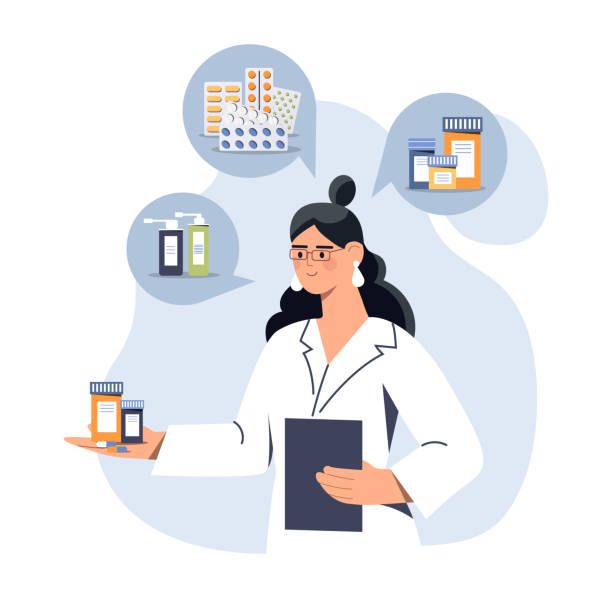
Post-Marketing Surveillance and Pharmacovigilance: What Happens After Approval
The approval of a drug by regulatory authorities marks a significant milestone, but it is far from the end of its journey. Once a drug enters the market, it becomes available to a diverse population, including individuals with varying health conditions, age groups, and genetic backgrounds. This is where post-marketing surveillance (PMS) and pharmacovigilance come into play to ensure ongoing safety and efficacy.
What is Post-Marketing Surveillance?
Post-marketing surveillance refers to the systematic monitoring of a drug after it has been approved and released into the market. It aims to identify, evaluate, and manage risks associated with its use in real-world settings. Since clinical trials are conducted in controlled environments with selected populations, PMS is essential to detect adverse drug reactions (ADRs) that may not have been observed earlier.
Importance of Pharmacovigilance
Pharmacovigilance is a critical component of PMS. It involves the detection, assessment, understanding, and prevention of ADRs or any other drug-related problems. The ultimate goal is to improve patient safety and optimize the benefits of medicines.
Key Activities in Post-Marketing Surveillance and Pharmacovigilance
- Adverse Event Reporting: Healthcare professionals, patients, and manufacturers report adverse events to regulatory authorities or dedicated databases. These reports help identify potential safety signals.
- Risk Evaluation and Mitigation Strategies (REMS): Some drugs require REMS to ensure their benefits outweigh the risks. This may involve restricted distribution, patient monitoring, or educational programs.
- Periodic Safety Update Reports (PSURs): Manufacturers are required to submit PSURs to regulatory authorities, summarizing new safety data and assessing risk-benefit profiles.
- Post-Authorization Safety Studies (PASS): These studies are conducted to further investigate a drug’s safety profile in larger and more diverse populations.
- Signal Detection and Management: Advanced data-mining techniques are employed to identify patterns and trends in ADR reports that may indicate new safety concerns.
Challenges in Post-Marketing Surveillance
- Underreporting: Despite its importance, underreporting of ADRs remains a significant challenge. Efforts are needed to raise awareness among healthcare professionals and patients.
- Data Quality: Ensuring the accuracy and completeness of ADR reports is crucial for reliable safety assessments.
- Global Coordination: Different regulatory frameworks and reporting standards across countries can complicate global pharmacovigilance efforts.
Conclusion
Post-marketing surveillance and pharmacovigilance play a pivotal role in ensuring the safe and effective use of medicines. They help identify rare or long-term adverse effects, enabling regulatory authorities and healthcare providers to take timely actions. By fostering a culture of vigilance and collaboration, we can continue to enhance patient safety and maintain public trust in medicines.









